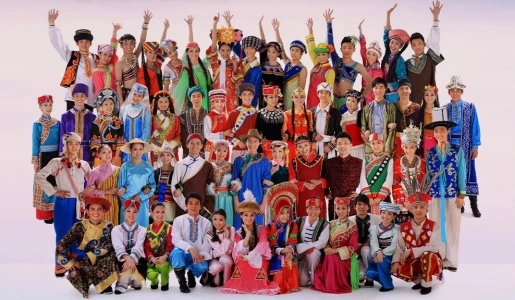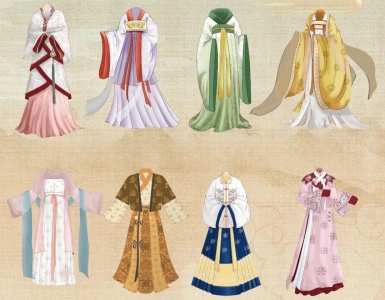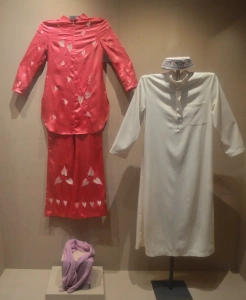
China is home to 56 distinct ethnic groups, each contributing to the country’s rich cultural mosaic. This diversity shapes the national identity and showcases a broad spectrum of cultural practices, languages, and traditions. Gaining an understanding of these ethnic backgrounds is crucial for anyone seeking deeper insights into the multifaceted culture of China.

The Han Chinese are the largest ethnic group in China, constituting over 90% of the population. Known for their rich historical legacy, the Han people have contributed significantly to the cultural, economic, and political development of China. Their traditions, such as the Spring Festival and Mid-Autumn Festival, are celebrated by millions around the world.

The Hui people are distinguished by their Islamic cultural heritage, which influences their cuisine, architecture, and religious practices. Predominantly found in the Ningxia Hui Autonomous Region, they are also spread across several major Chinese provinces. The Hui’s distinctive culture includes their famous halal food and beautifully designed mosques.
China’s ethnic diversity includes several other groups such as the Zhuang, the largest minority, the Manchu, known for their historical rule during the Qing dynasty, the Uighur with their rich Central Asian influences, and the Tibetan, renowned for their spiritual tradition centered around Tibetan Buddhism. Each group adds a unique thread to the fabric of Chinese society.
This section includes a comprehensive table listing all 56 ethnic groups recognized in China, detailing their population proportions, major provinces of residence, and languages spoken. This table serves as a quick reference to understand the ethnic mosaic of China.
Han
Zhuang
Hui
Manchu
Uighur
Miao
Yi
Tujia
Tibetan
Mongol
Dong
Bouyei
Yao
Bai
Korean
Hani
Li
Kazakh
Dai
She
Lisu
Dongxiang
Gelao
Lahu
Wa
Sui
Naxi
Qiang
Tu
Mulao
Xibe
Kyrgyz
Jingpo
Daur
Salar
Blang
Maonan
Tajik
Pumi
Achang
Nu
Oroqen
Gin
Jino
De’ang
Bonan
Russians
Yugur
Uzbek
Menba
Orochen
Derung
Hezhen
Gaoshan
Lhoba
Tatar
The diversity of ethnic groups in China plays a significant role in shaping the national identity. Government policies, including the regional autonomy system, aim to promote peace and unity while preserving the unique cultures of each ethnic group. This integration fosters a sense of belonging and pride among the diverse populations.
Despite efforts to promote equality, many ethnic minorities in China face social and economic challenges. Issues such as unequal access to education, employment disparities, and cultural preservation are at the forefront of current debates. Addressing these challenges is crucial for achieving true cultural and social integration.
Discover rich Chinese traditions and cultural practices through festivals, customs, and history.

 English (US)
English (US)